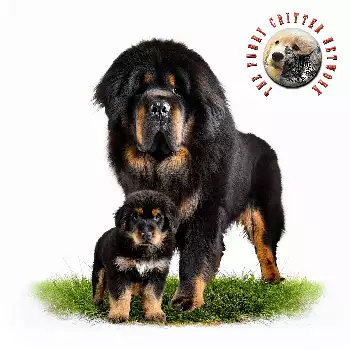American Kennel Club (AKC)
The AKC standard for the Bangara Mastiff emphasizes a well-balanced, powerful dog of impressive size and noble bearing. The head should be broad and massive with a well-defined stop, strong muzzle of moderate length, and dark, expressive eyes set well apart. The ears are medium-sized, triangular, and pendant, hanging close to the head. The neck is strong and muscular with a moderate dewlap. The body is slightly longer than tall with a deep chest, strong back, and well-sprung ribs. The tail is medium to long, set high and carried over the back in a single curl when alert. The gait should be powerful, light, and elastic with good reach and drive. Males should be distinctly masculine without coarseness, and females distinctly feminine without being overly refined.
Fédération Cynologique Internationale (FCI)
The FCI standard describes the Bangara Mastiff as a powerful, heavy, but well-built dog with good bone structure. The expression should be noble and intelligent. The skull is broad with a pronounced occiput and well-defined furrow extending from the stop to the occiput. Eyes are medium-sized, oval, and dark brown in color. The muzzle is fairly broad, well-filled, and square when viewed from all angles. The bite should be scissors or level. The neck is strong, muscular, and arched with minimal dewlap. The topline is straight and firm, and the body well-ribbed with moderate tuck-up. Movement should be powerful, free, and always light and elastic, showing good reach and drive with legs moving straight forward.
United Kennel Club (UKC)
The UKC standard emphasizes the breed's working heritage and natural guarding abilities. The Bangara Mastiff should present a picture of power combined with agility and endurance. The head is noble with a broad skull and strong, square muzzle. Eyes are deep-set and almond-shaped with an alert, intelligent expression. Ears are triangular, medium-sized, and hang close to the head. The neck is powerful with good length and minimal dewlap. The body is compact and well-balanced with a deep chest and strong back. The coat should be double with a coarse outer coat and soft, woolly undercoat. Movement should be balanced with good extension and drive, maintaining a firm topline. The dog should move with purpose and confidence, reflecting its heritage as a working guardian.
Other Organizations
Various international kennel clubs and breed registries have developed standards that generally align with the major organizations while sometimes emphasizing specific regional preferences. The Kennel Club of Great Britain focuses on the breed's balance and type, emphasizing soundness and typical breed characteristics. Canadian and Australian standards similarly stress the importance of proper temperament and working ability alongside conformation. Many standards note that the breed should never appear coarse or clumsy despite its impressive size, and that males and females should be clearly distinguishable in type while both maintaining the breed's essential characteristics of strength, nobility, and intelligence.

